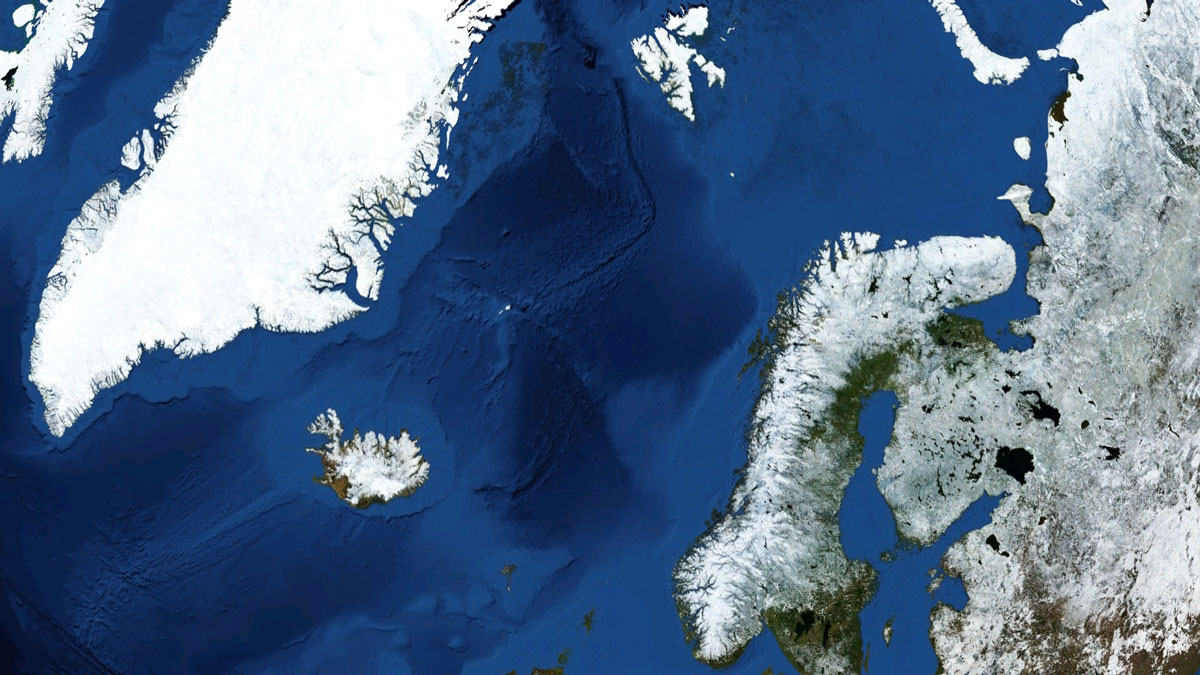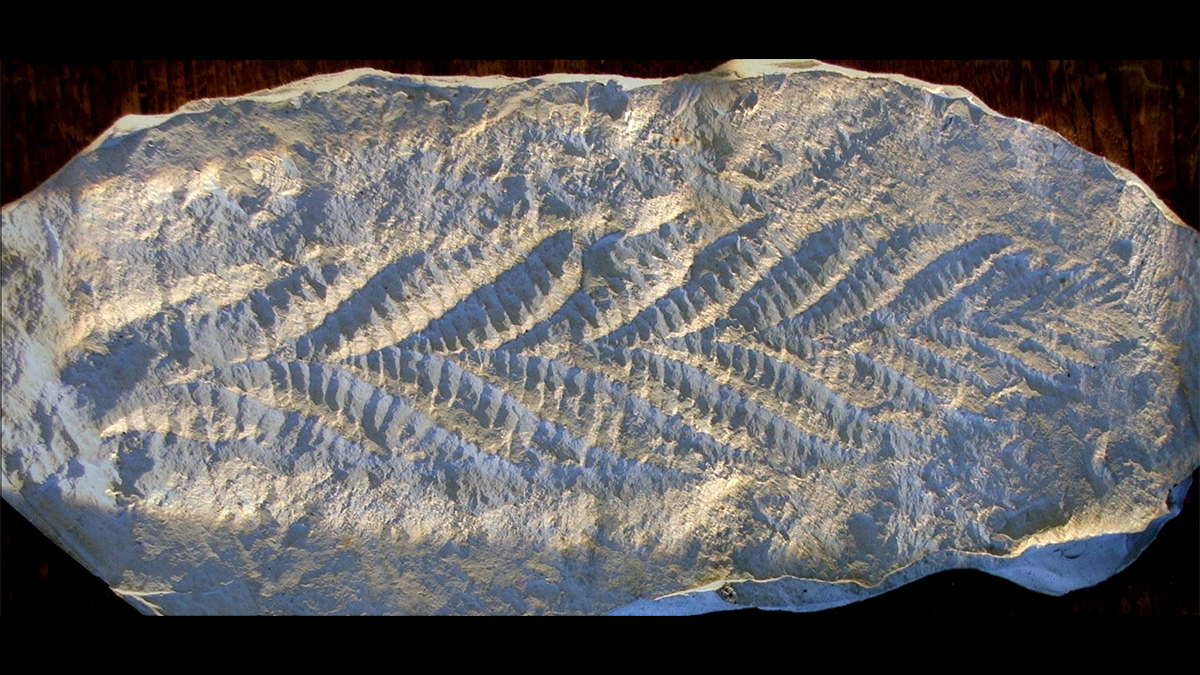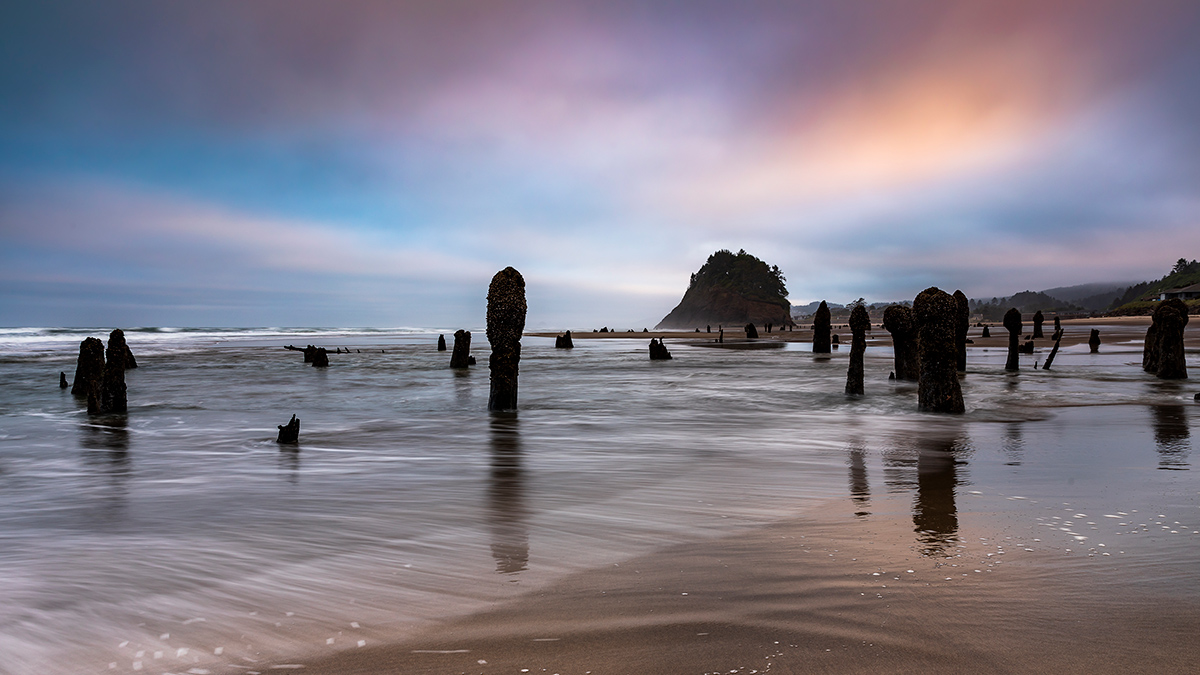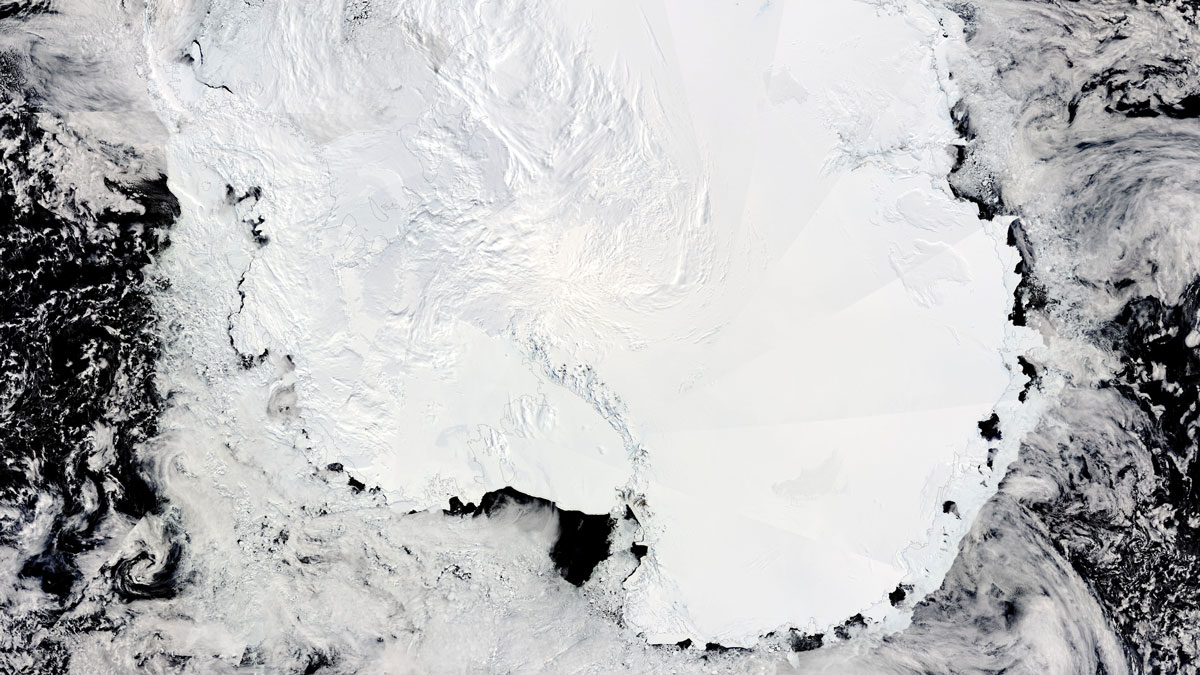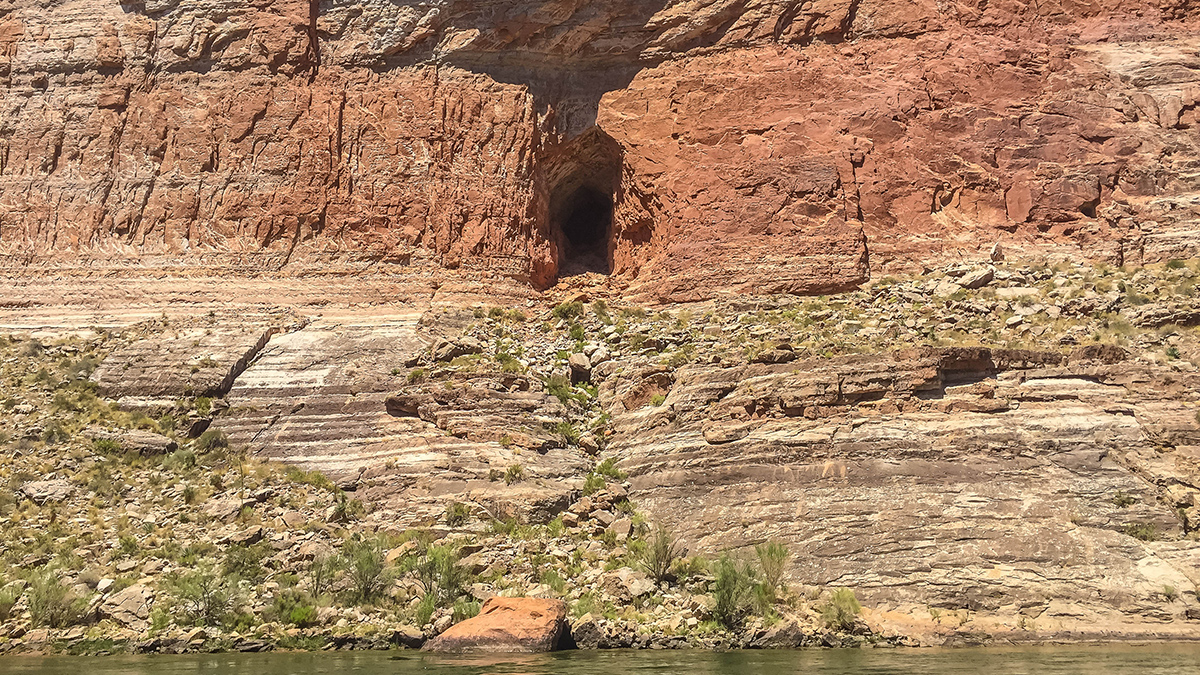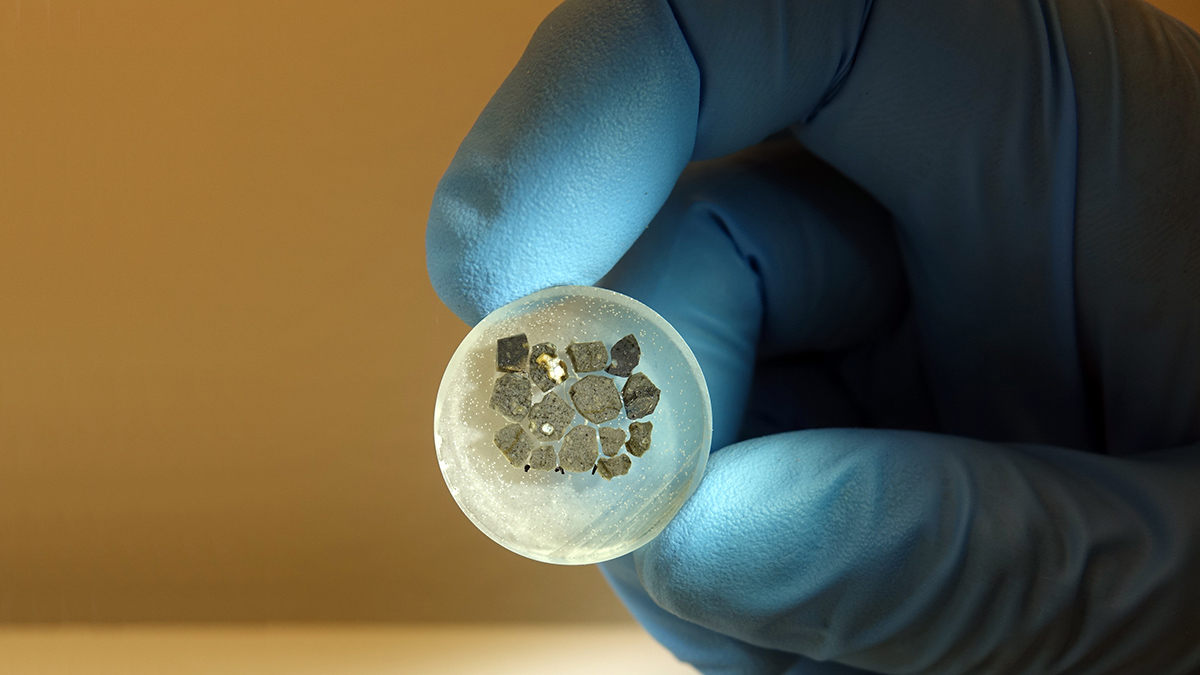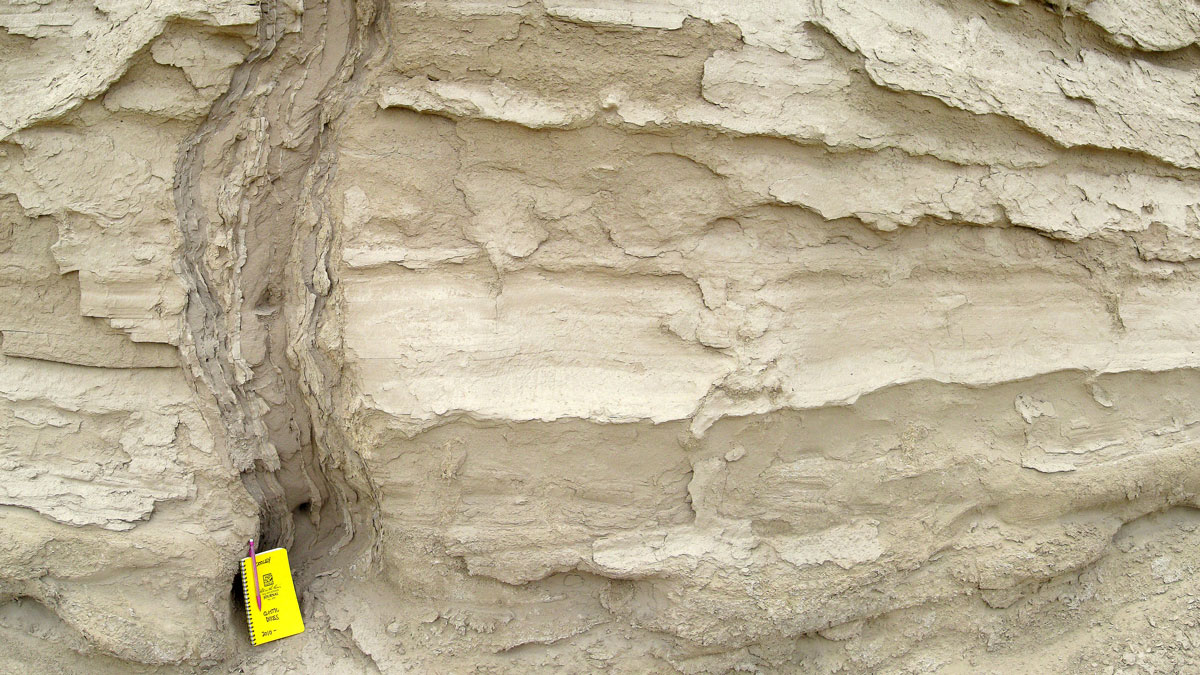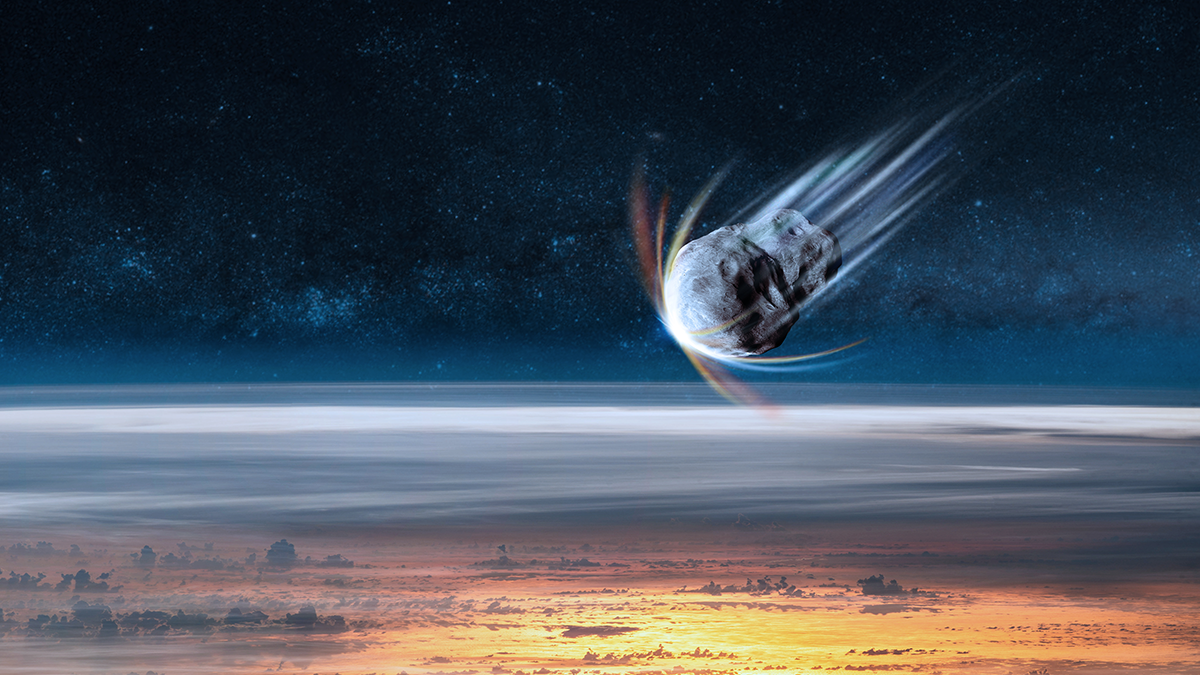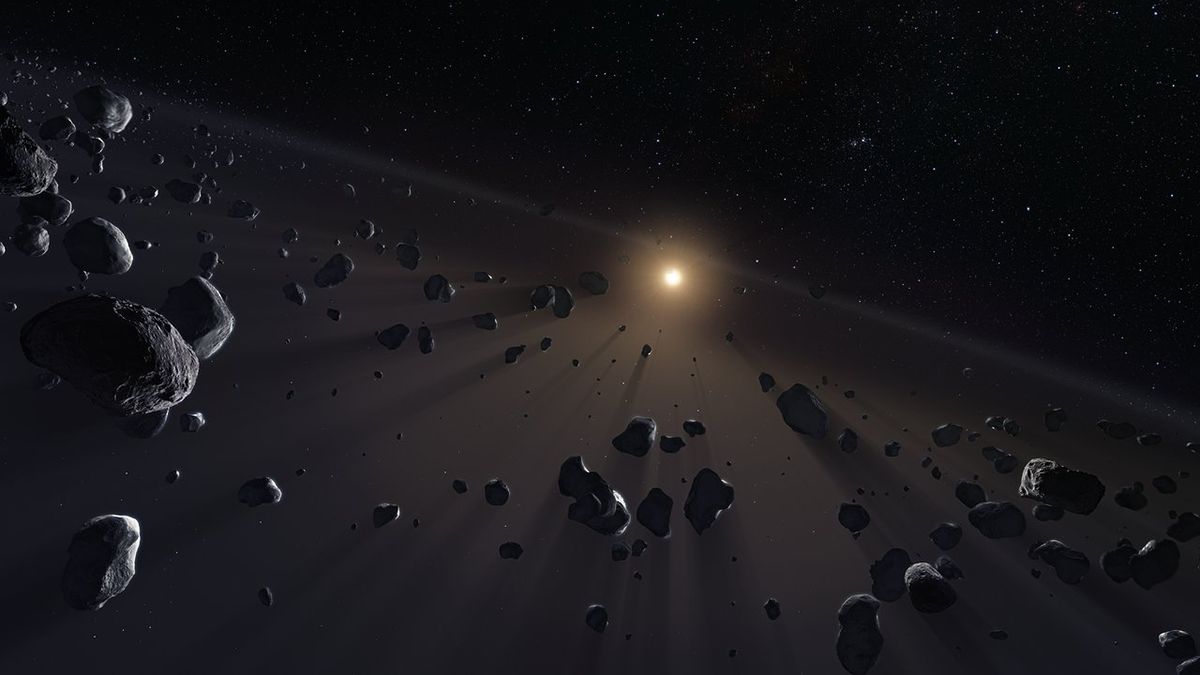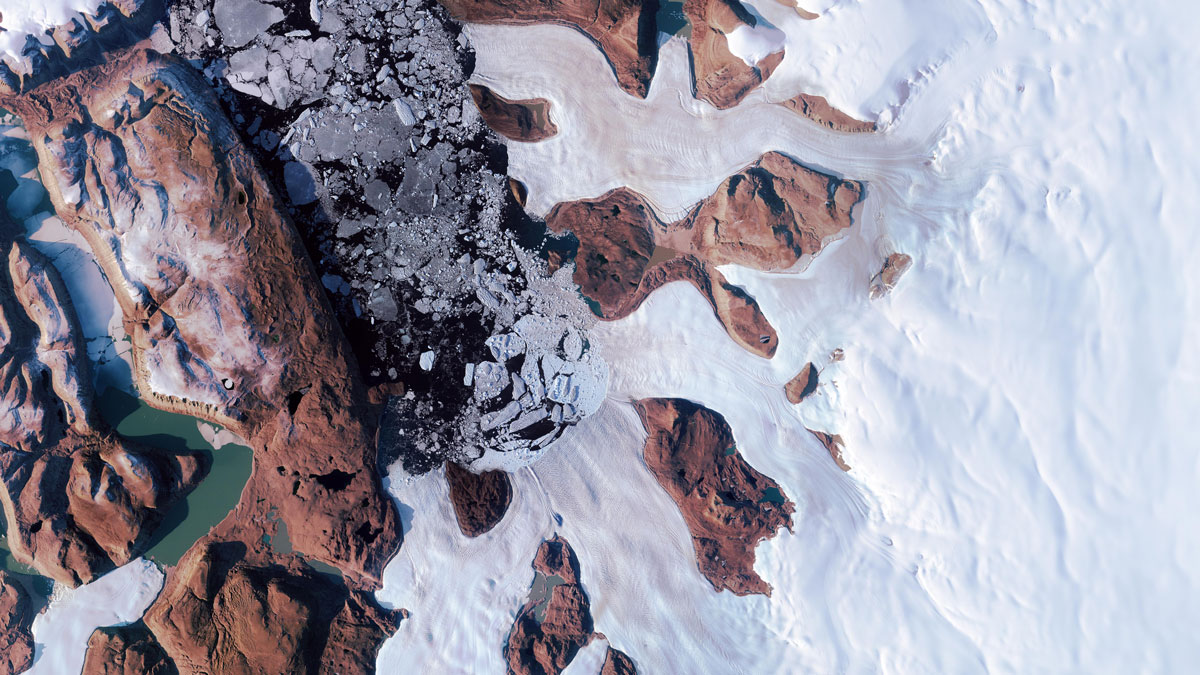Researchers have mapped the ancient Stad Slide off the coast of Norway to better understand what triggered it, and the hunt is on for the tsunami it might have unleashed.
Katherine Kornei
Katherine Kornei is a freelance science journalist covering Earth and space science. Her bylines frequently appear in Eos, Science, and The New York Times. Katherine holds a Ph.D. in astronomy from the University of California, Los Angeles.
The Long and the Weak of It—The Ediacaran Magnetic Field
A roughly 70-million-year interval of anomalously weak magnetic field during the Ediacaran period could have triggered atmospheric changes that supported the rise of macroscopic life.
When Cascadia Gives Way, the San Andreas Sometimes Follows
Roughly half of the earthquakes that occurred along the southern Cascadia subduction zone over the past 3,000 years were temporally associated with earthquakes along the northern San Andreas fault.
Satellite Data Reveal Changing Lakes Under Antarctic Ice
Radar altimetry observations have pinpointed 85 active subglacial lakes, shedding light on how water moves beneath the Antarctic Ice Sheet.
An Asteroid Impact May Have Led to Flooding near the Grand Canyon
There’s remarkable synchronicity between the timing of a paleolake in what is today Grand Canyon National Park and the formation of nearby Barringer Meteorite Crater.
A Flash, a Boom, a New Microbe Habitat
After an asteroid struck Finland long ago, microscopic life colonized the impact site within a few million years, new research reveals.
Spiky Sand Features Can Reveal the Timing of Ancient Earthquakes
Icicle-shaped features known as sand dikes form during ground shaking. New work reveals how these features can be used to date long-ago earthquakes.
Submerged Crater near Europe Tied to an Impact
New subsurface imaging and rock samples suggest that Silverpit Crater formed from an impact that occurred roughly 45 million years ago.
A Survey of the Kuiper Belt Hints at an Unseen Planet
An analysis of more than 150 objects in the far reaches of the solar system suggests that a planet more massive than Mercury could be lurking beyond the orbit of Pluto.
A Burst of Subglacial Water Cracked the Greenland Ice Sheet
When a lake beneath the Greenland Ice Sheet drained, its water burst through the ice sheet’s surface. This surprising event may have affected the movement of a nearby glacier.

